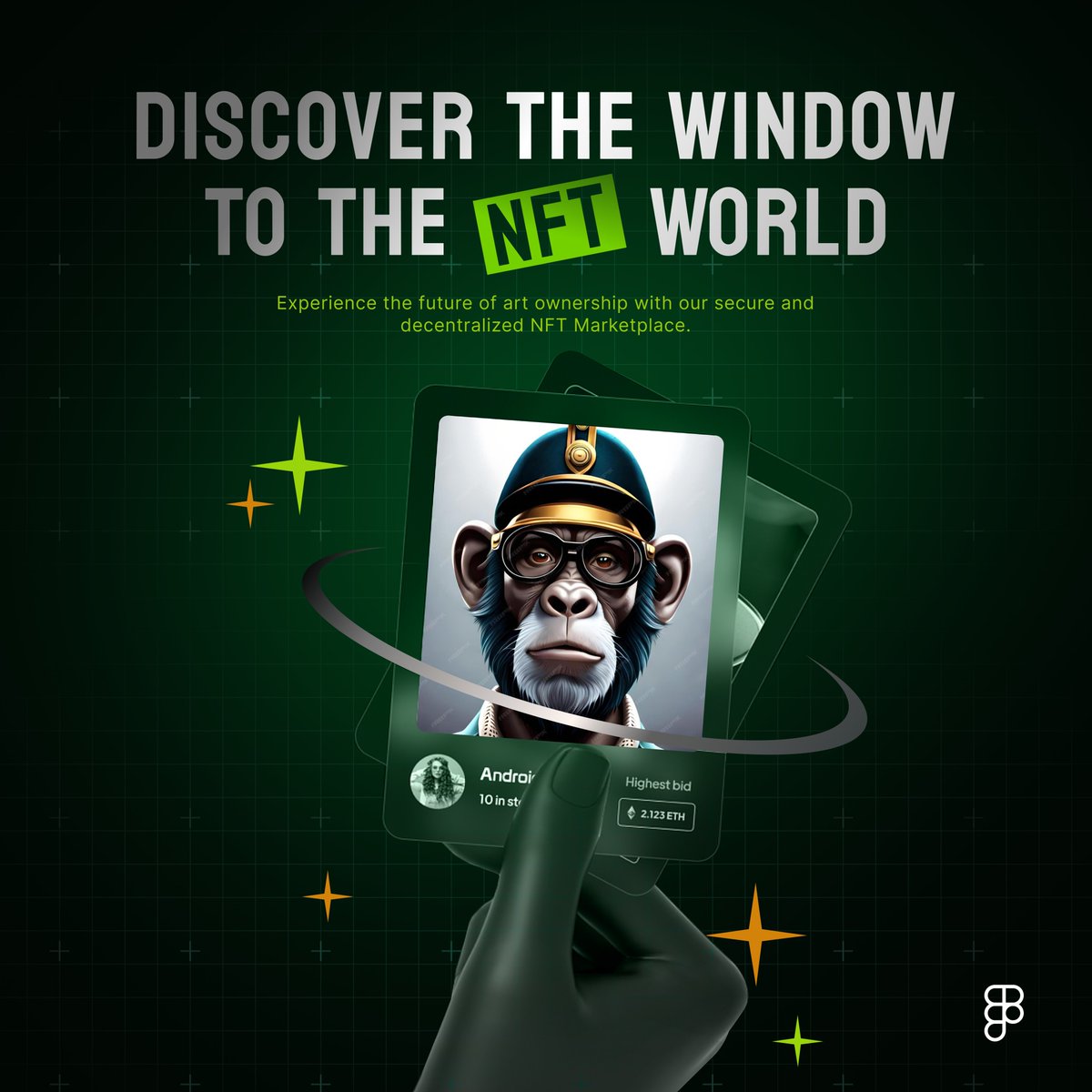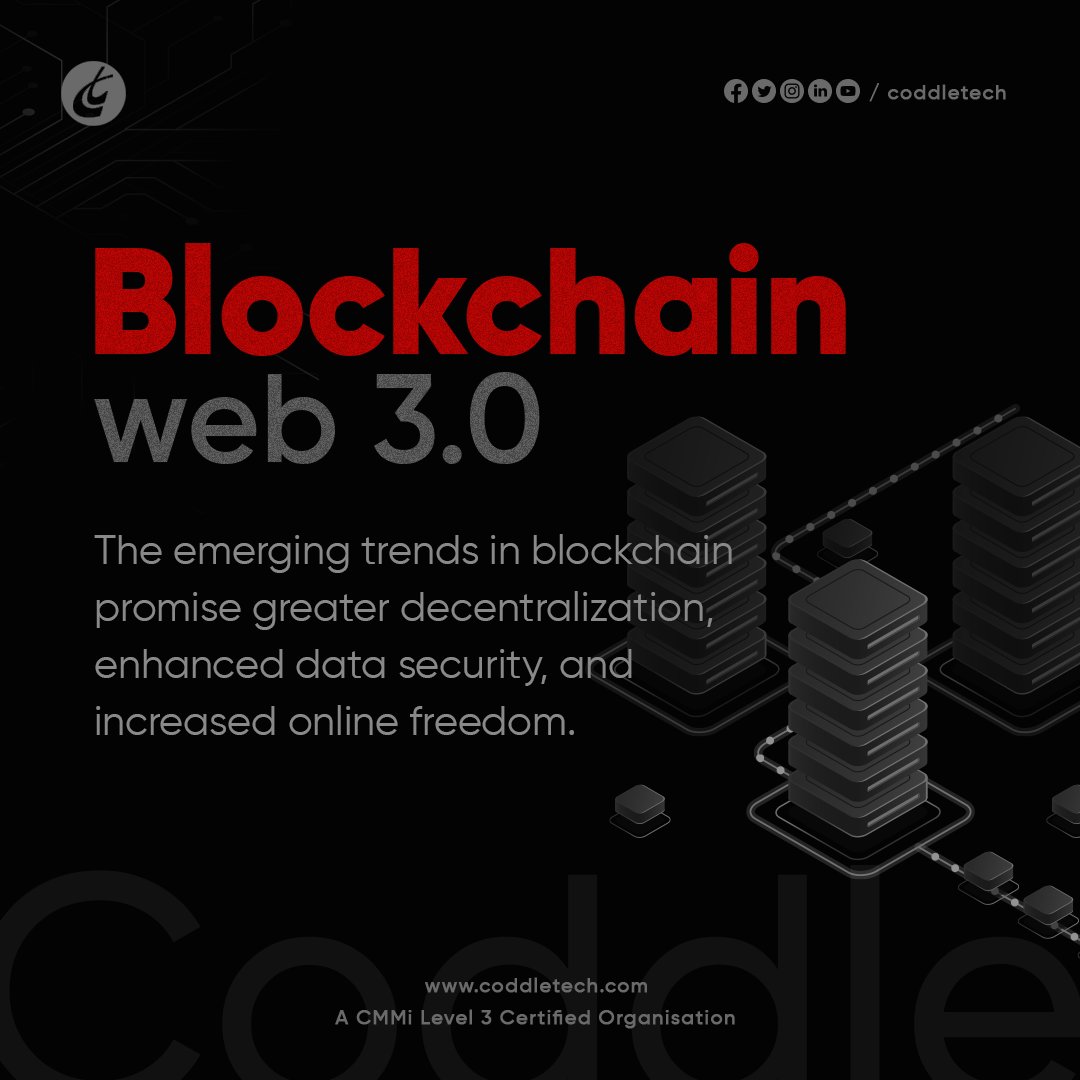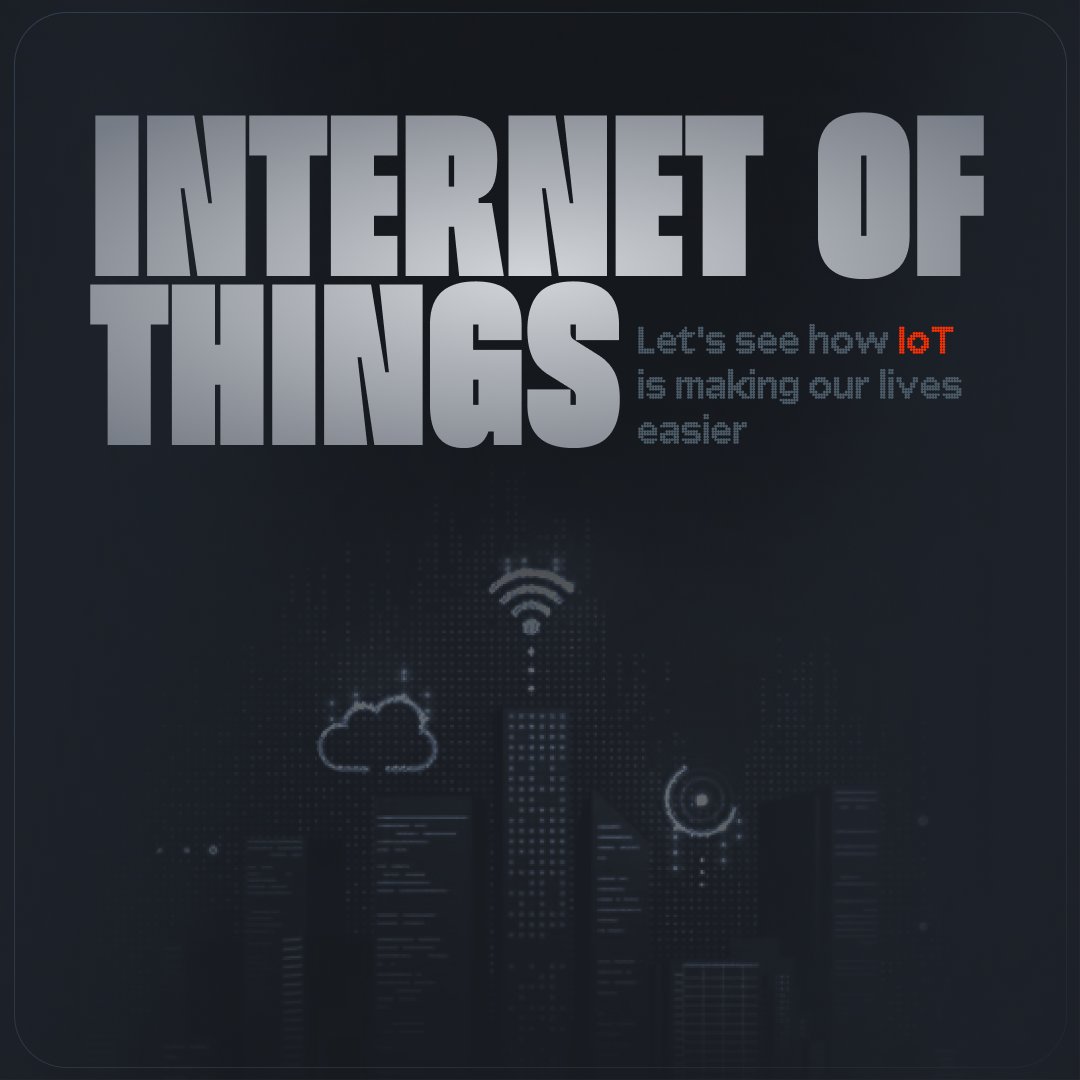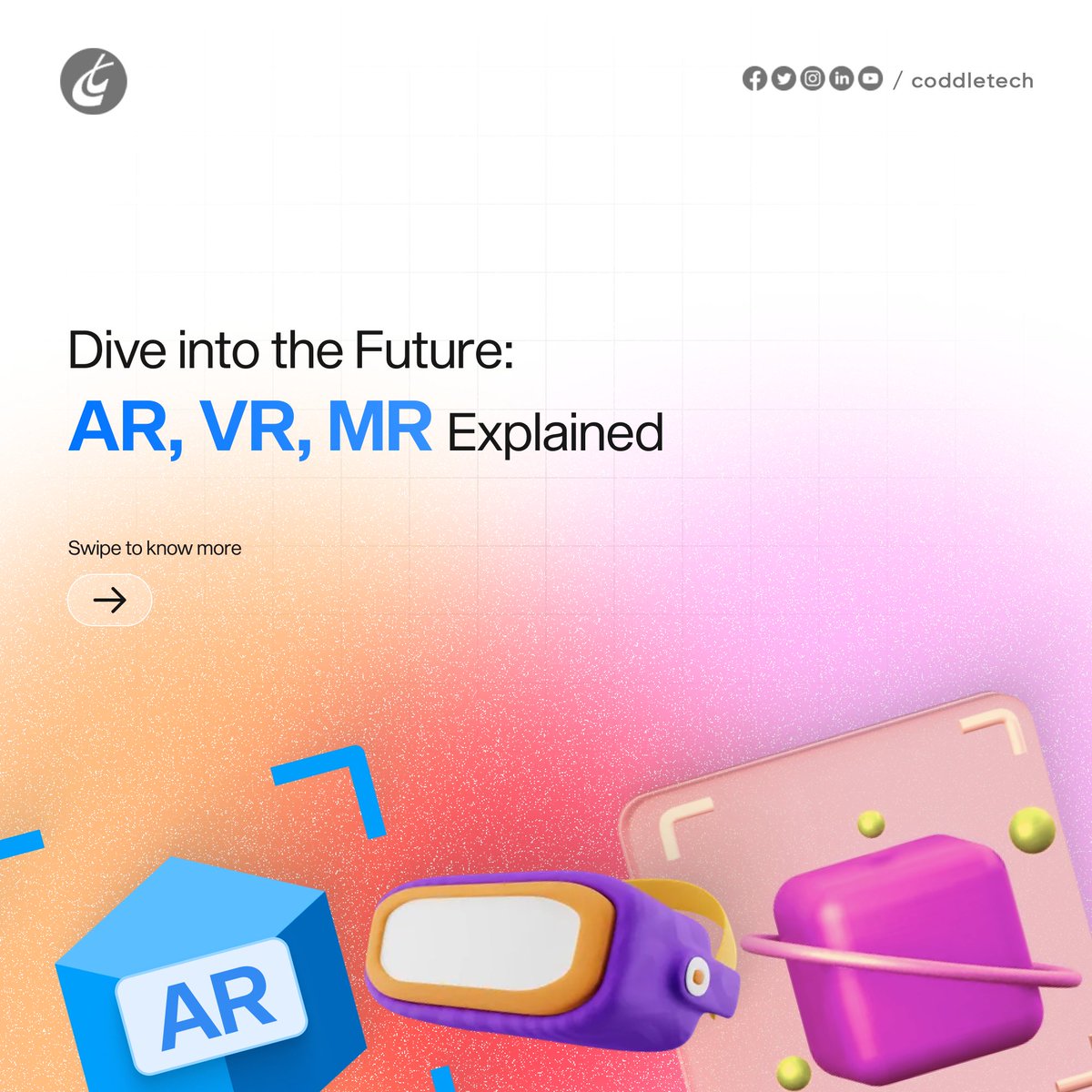In the vast landscape of technological evolution, we often witness pivotal moments that redefine the way we interact, transact, and innovate. Web3 development stands as a beacon of such transformation, promising a decentralized, transparent, and trustless digital ecosystem. As businesses navigate this new frontier, understanding the implications of Web3 becomes paramount.
What is Web3 Development?
Before delving into its impact, let's grasp the essence of Web3 development. Simply put, Web3 represents the next iteration of the internet, emphasizing decentralization, interoperability, and user sovereignty. Unlike its predecessors, Web3 leverages blockchain technology, smart contracts, and decentralized applications (dApps) to create a more equitable and secure digital environment.
At its core, Web3 seeks to democratize access to information, eliminate middlemen, and foster peer-to-peer interactions. This decentralized ethos not only challenges traditional business models but also introduces novel opportunities for innovation and collaboration.
Decentralization Redefining Business Dynamics
The decentralized nature of Web3 fundamentally alters the dynamics of traditional business models. By eliminating intermediaries and central authorities, companies can streamline operations, reduce costs, and enhance transparency. Smart contracts, self-executing agreements coded on the blockchain, automate processes, ensuring trust and efficiency in transactions.
Moreover, decentralized finance (DeFi) platforms, a prominent offshoot of Web3, revolutionize the financial landscape by offering peer-to-peer lending, staking, and asset trading without reliance on banks or intermediaries. This disintermediation empowers individuals to have greater control over their finances, disrupting traditional banking systems.
Navigating Trust and Transparency
Trust and transparency are the cornerstones of successful businesses, and Web3 development amplifies these attributes to unprecedented levels. Blockchain technology, with its immutable ledger and cryptographic security, ensures data integrity and accountability. This heightened level of transparency not only fosters trust among stakeholders but also mitigates fraudulent activities.
For instance, supply chain management, a critical aspect of many businesses, benefits immensely from Web3's transparency. By leveraging blockchain, companies can track the journey of products from manufacturer to consumer, verifying authenticity and ethical sourcing. This not only enhances brand reputation but also addresses growing consumer demands for sustainability and ethical practices.
Unlocking Innovation Through Tokenization
Tokenization, a key feature of Web3 development, involves representing assets or rights as digital tokens on a blockchain. This tokenization opens new avenues for innovation, allowing businesses to fractionalize assets, create liquidity, and incentivize user participation.
Tokenized ecosystems enable the creation of decentralized autonomous organizations (DAOs), where decisions are made collectively by token holders through governance mechanisms. This democratized approach to decision-making fosters community engagement and decentralizes organizational structures.
Furthermore, non-fungible tokens (NFTs), unique digital assets representing ownership or proof of authenticity, are revolutionizing industries ranging from art and gaming to real estate and collectibles. By tokenizing digital and physical assets, businesses can unlock new revenue streams and engage with audiences in novel ways.
Embracing Interoperability for Seamless Integration
Interoperability lies at the heart of Web3 development, enabling seamless integration and collaboration across disparate platforms and ecosystems. Through protocols like blockchain interoperability protocols and cross-chain bridges, businesses can leverage the strengths of multiple blockchain networks, fostering innovation and scalability.
Interoperable dApps empower users to access services and interact with decentralized networks without friction, expanding the reach and utility of Web3 applications. This interoperability not only promotes ecosystem growth but also encourages cross-industry collaboration and innovation.
Conclusion: Embracing the Web3 Paradigm
In conclusion, Web3 development represents a transformative shift in the digital landscape, offering businesses unparalleled opportunities for innovation, efficiency, and inclusivity. By embracing decentralization, trust, and interoperability, companies can navigate the evolving business landscape and unlock the full potential of Web3.
As we venture further into this decentralized future, businesses must adapt their strategies, embrace emerging technologies, and cultivate a culture of innovation. By harnessing the power of Web3 development, businesses can redefine industry standards, create value for stakeholders, and shape a more equitable and sustainable digital economy.






























